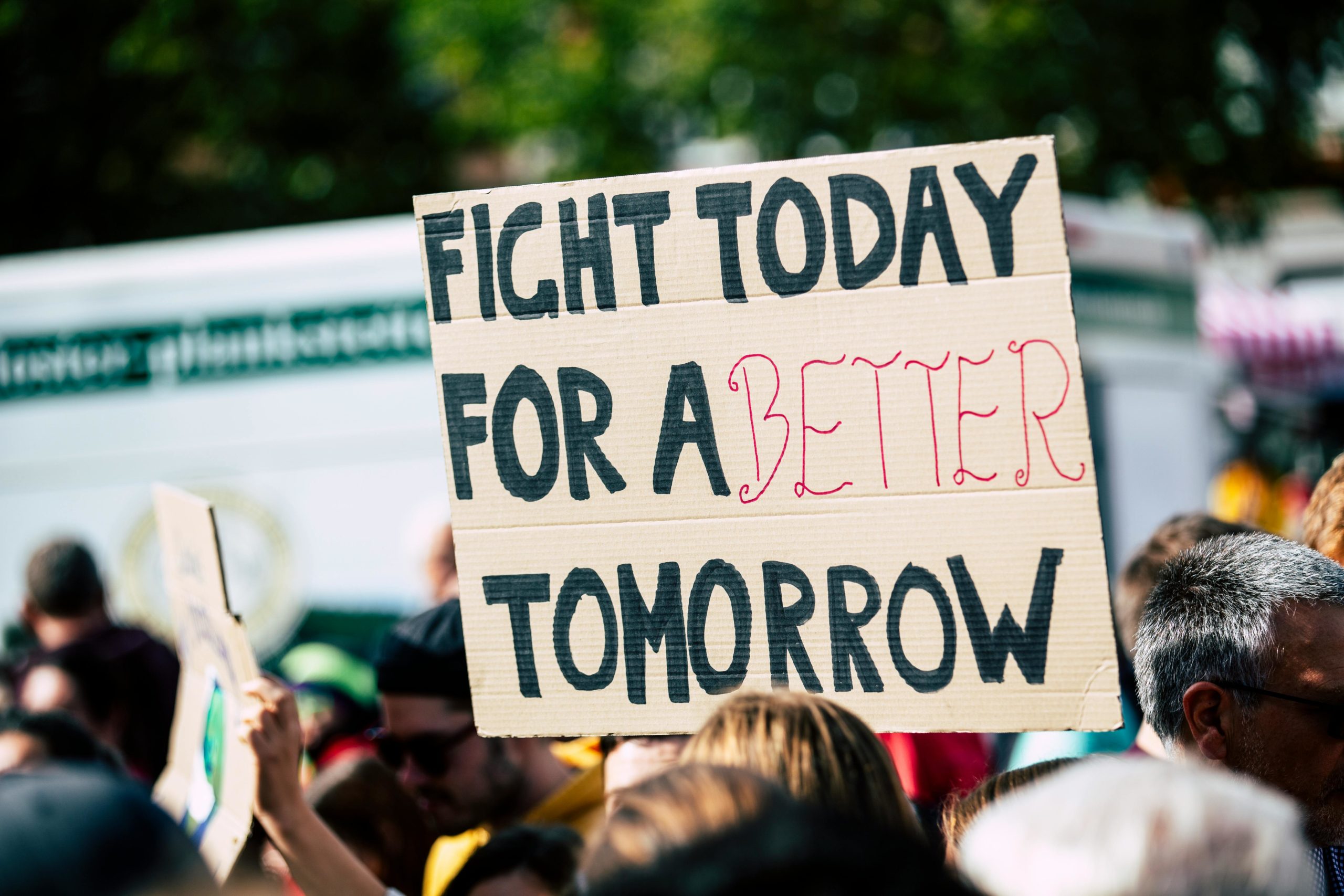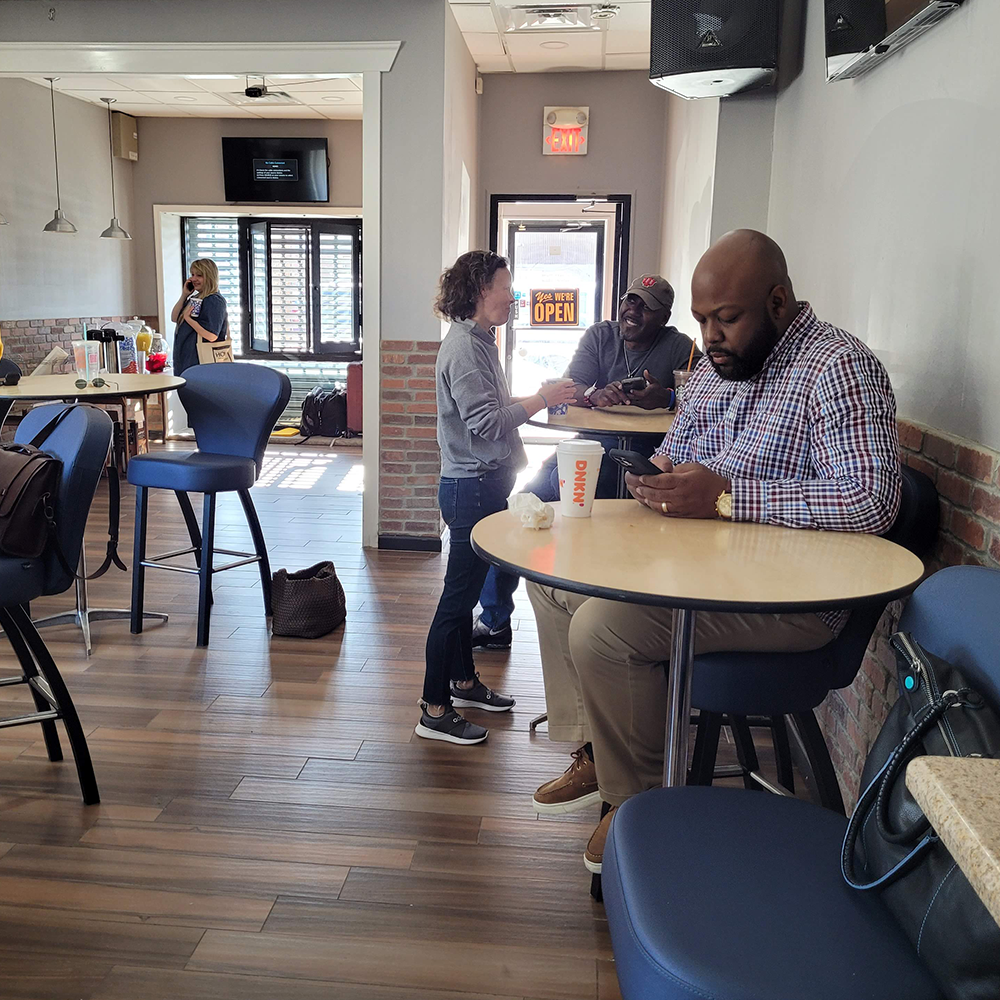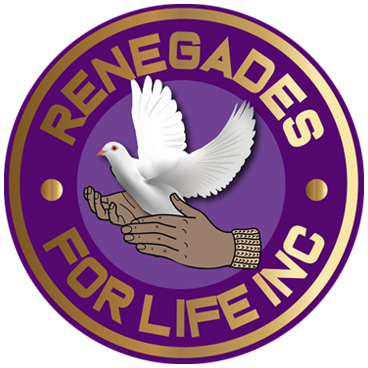What is the Cycle of Violence?
The cycle of violence is a term used to describe the repetitive pattern that occurs in abusive relationships. It consists of three phases: tension building, acute explosion, and honeymoon. Understanding this cycle is crucial for anyone looking to break free from violent situations or support someone who is struggling.
Tension Building:
This phase is characterized by increasing stress, anxiety, and conflict. The abuser may become increasingly irritable, and the victim often feels the need to placate the abuser to avoid conflict.
Acute Explosion
This is the violent phase where the abuser loses control and may inflict physical, emotional, or psychological harm on the victim. The explosion can take many forms, including physical assaults, verbal abuse, or other forms of violence.
Honeymoon Phase:
After the explosion, there may be a period of remorse, apologies, and promises to change from the abuser. Victims may feel a sense of hope during this phase, believing that the relationship can improve. However, this phase is often temporary, leading back into the tension-building phase.
Recognizing the Signs of Violence
Recognizing the signs of violence is essential for breaking the cycle. Often, victims may not identify their situation as abusive due to the normalization of the behavior. Here are some signs to watch for:
- Controlling Behavior: An abuser may exert control over various aspects of a victim’s life, including finances, social interactions, and daily activities.
- Isolation: Victims may find themselves increasingly isolated from friends and family as the abuser tries to eliminate support networks.
- Emotional Manipulation: This can include gaslighting, where the abuser distorts reality to confuse the victim, making them question their perceptions and feelings.
- Physical Violence: Any form of physical aggression, whether hitting, slapping, or throwing objects, is a clear sign of an abusive relationship.
By recognizing these signs, individuals can take proactive steps toward breaking the cycle and seeking help.
Strategies for Breaking the Cycle of Violence
Breaking free from the cycle of violence requires courage, support, and effective strategies. Here are several approaches that can help:
Seek Professional Help
Reaching out to a therapist or counselor specializing in trauma and abuse can provide invaluable support. Professionals can help individuals understand their experiences, develop coping mechanisms, and create a safety plan. Renegades Against Violence offers resources and referrals to therapists trained in dealing with domestic violence issues.
Build a Support Network
Surrounding oneself with supportive friends and family is crucial. Talking about experiences with trusted individuals can reduce feelings of isolation and shame. Joining support groups, either online or in-person, can also provide a sense of community and understanding.
Create a Safety Plan
Having a safety plan is vital for anyone in an abusive relationship. This plan should include:
- Emergency Contacts: Keep a list of trusted friends or family members who can be contacted in emergencies.
- Safe Spaces: Identify places where you can go in case of an emergency, such as a friend’s house, family member’s home, or a local shelter.
- Escape Routes: Plan out escape routes from your home and practice them if necessary.
- Important Documents: Keep important documents, such as identification, financial information, and legal paperwork, in a safe and accessible location.
Healing from Trauma
Once an individual has broken free from the cycle of violence, the journey towards healing can begin. Healing from trauma is a gradual process that may involve:
- Therapy: Engaging in therapy can help process experiences and rebuild self-esteem. Various therapeutic approaches, such as cognitive-behavioral therapy (CBT) and trauma-informed care, can be effective.
- Self-Care: Prioritizing self-care is essential for healing. Activities like exercise, journaling, and practicing mindfulness can help individuals reconnect with themselves and promote emotional well-being.
- Educating Oneself: Understanding the dynamics of violence and abuse can empower individuals and help them recognize unhealthy patterns in future relationships.

Healing from Trauma
Once an individual has broken free from the cycle of violence, the journey towards healing can begin. Healing from trauma is a gradual process that may involve:
- Therapy: Engaging in therapy can help process experiences and rebuild self-esteem. Various therapeutic approaches, such as cognitive-behavioral therapy (CBT) and trauma-informed care, can be effective.
- Self-Care: Prioritizing self-care is essential for healing. Activities like exercise, journaling, and practicing mindfulness can help individuals reconnect with themselves and promote emotional well-being.
- Educating Oneself: Understanding the dynamics of violence and abuse can empower individuals and help them recognize unhealthy patterns in future relationships.
Supporting Others in Breaking the Cycle
For friends and family members, supporting someone in an abusive relationship can be challenging. Here are ways to offer support:
- Listen Without Judgment: Allow the person to share their experiences and feelings without judgment. Let them know that you believe them and support their choices.
- Provide Resources: Share information about local shelters, hotlines, and counseling services. Be ready to assist them in finding help.
- Be Patient: Healing takes time, and victims may not be ready to leave their situation immediately. Be patient and continue offering support.

Conclusion
Breaking the cycle of violence is a challenging yet vital journey for those affected. Understanding the cycle, recognizing the signs, and employing effective strategies can empower individuals to reclaim their lives. With support from organizations like Renegades Against Violence, individuals can access resources, connect with professionals, and ultimately heal from their trauma.
If you or someone you know is experiencing violence, reach out for help today. Remember, breaking free is possible, and you are not alone in this journey.
FAQs
What should I do if I suspect someone is in an abusive relationship?
If you suspect someone is in an abusive relationship, approach the situation with care. Express your concern in a non-judgmental way, and offer support. Encourage them to seek professional help and provide resources if they are open to it.
How can I find a support group for victims of violence?
You can find support groups through local domestic violence shelters, community centers, or mental health organizations. Online support groups are also available, providing a platform for sharing experiences and receiving support.
Is it possible to heal after leaving an abusive relationship?
Yes, healing is possible after leaving an abusive relationship. It often requires time, support, and professional guidance. Engaging in therapy and building a supportive network can significantly aid the healing process.

